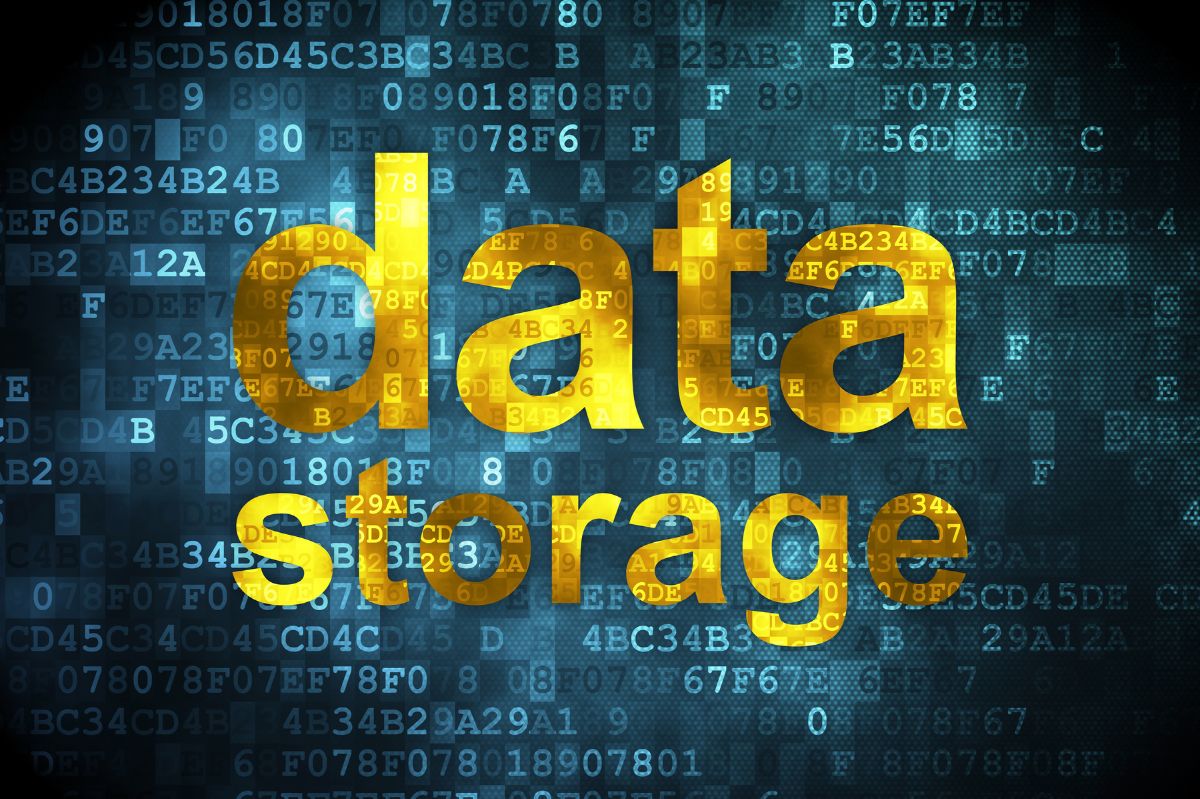Whether you are a multi-million dollar company or a freelancer, you need to optimize data storage costs in your business.
Table of Contents
The Right Approach To Data Organization
While archiving a file may seem simple, ensuring you have the right approach takes a little more foresight. Just like in the attic where you store all the unnecessary things, if you have a lot of space available in your digital archives or on your corporate Cloud, you will have the habit of storing boxes and objects that you can easily keep, even if in reality you shouldn’t. But archiving them involves costs over time, and whether you need them for business purposes or keep them in case they may one day come in handy, the first step is to create an essential procedure to identify their usefulness while taking into account the costs.
So let’s take the broom and dustpan and get to work on optimizing storage costs.
The Key Factors To Better Organize Your Archive
There are several factors to consider when evaluating storage cost optimization. The first step is to ensure you don’t negatively impact sign-in performance (more on that later) and don’t throw away anything that might be kept for future purposes, whether it’s for compliance, legal, or just business value reasons. As data is increasingly confirmed as a core business asset, the natural starting point is understanding what things cost.
Data Retention Considerations And Suggestions
The retention period is the first thing to remember when analyzing data types. Ask questions like “why is this file valuable?” and how long will it be? ” it is essential to determine the appropriate life cycle criterion. Setting up a lifecycle policy allows you to evaluate data and create a rule that will help you keep or delete it under specific conditions.
An organized and clean attic prevents you from using other storage space that you would not have used anyway. Another common source of waste in storage environments is data duplication. The latter causes several problems: the main one is the space used unnecessarily; Another, very important, is caused by the inconsistency, inconsistency, and redundancy that duplicate files/folders generate. In addition to lost space, there is the risk of falling on the wrong file or detecting duplicate information and, therefore, no longer reliable.
Internal Storage Or On The Cloud? Or Both?
When evaluating cost-saving opportunities, you should also understand whether data will need to be accessed over the long term and how often it becomes functional again. It is an important question to keep in mind when evaluating the relationship between the company servers and the Cloud space you purchased from third parties. Where will this data be accessed from?
Depending on these choices, the speed with which you access these files will vary, the availability of accessing a greater or lesser number, and, last but not least, the overall cost that all this entails.
Conclusion
Carefully consider the method you use to archive files by considering the short, medium, and especially long-term choices.
Also Read : The Advantages Of Big Data For The Development Of Smart Cities







